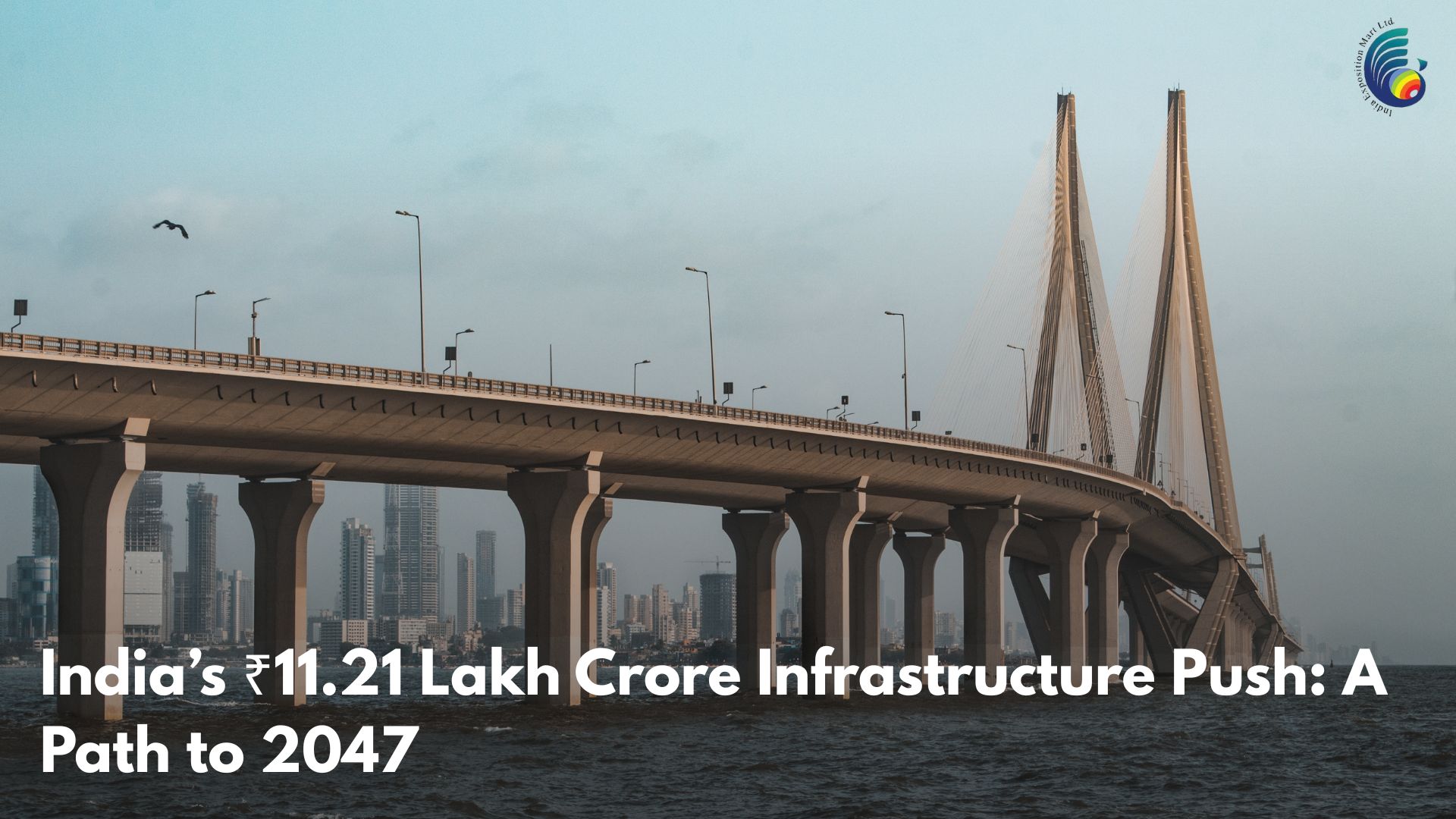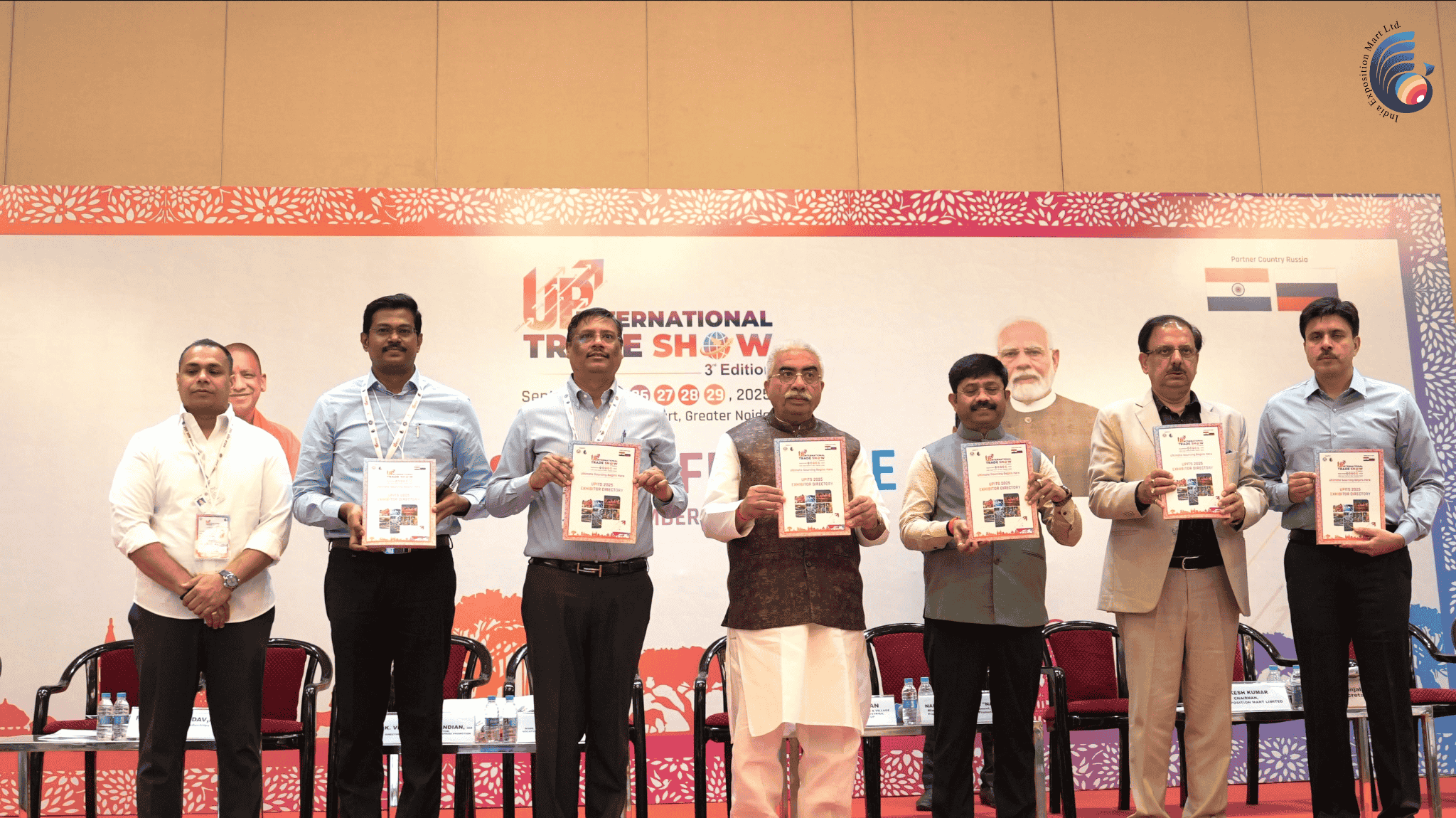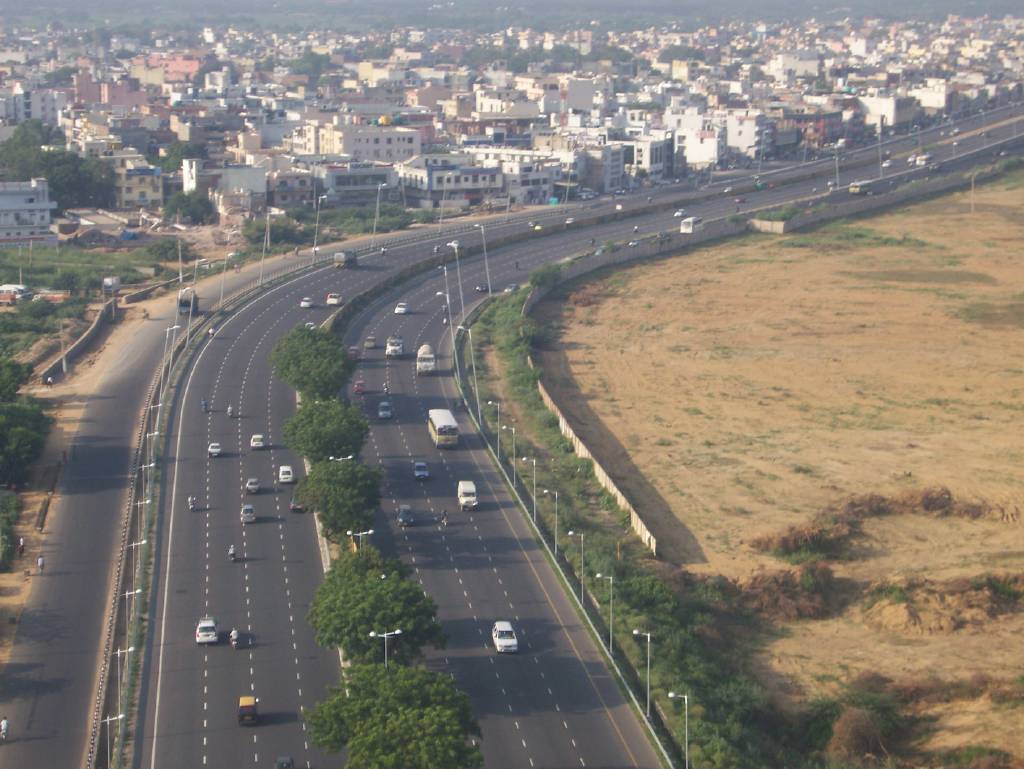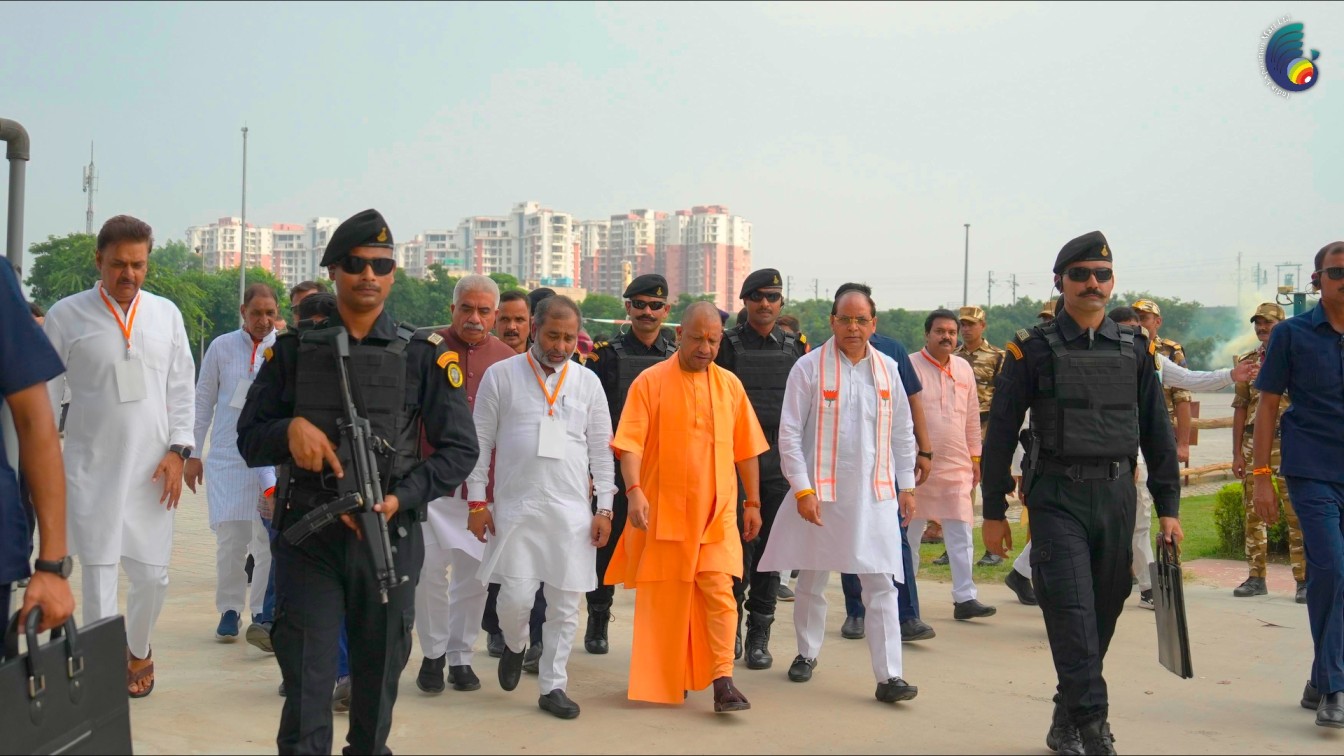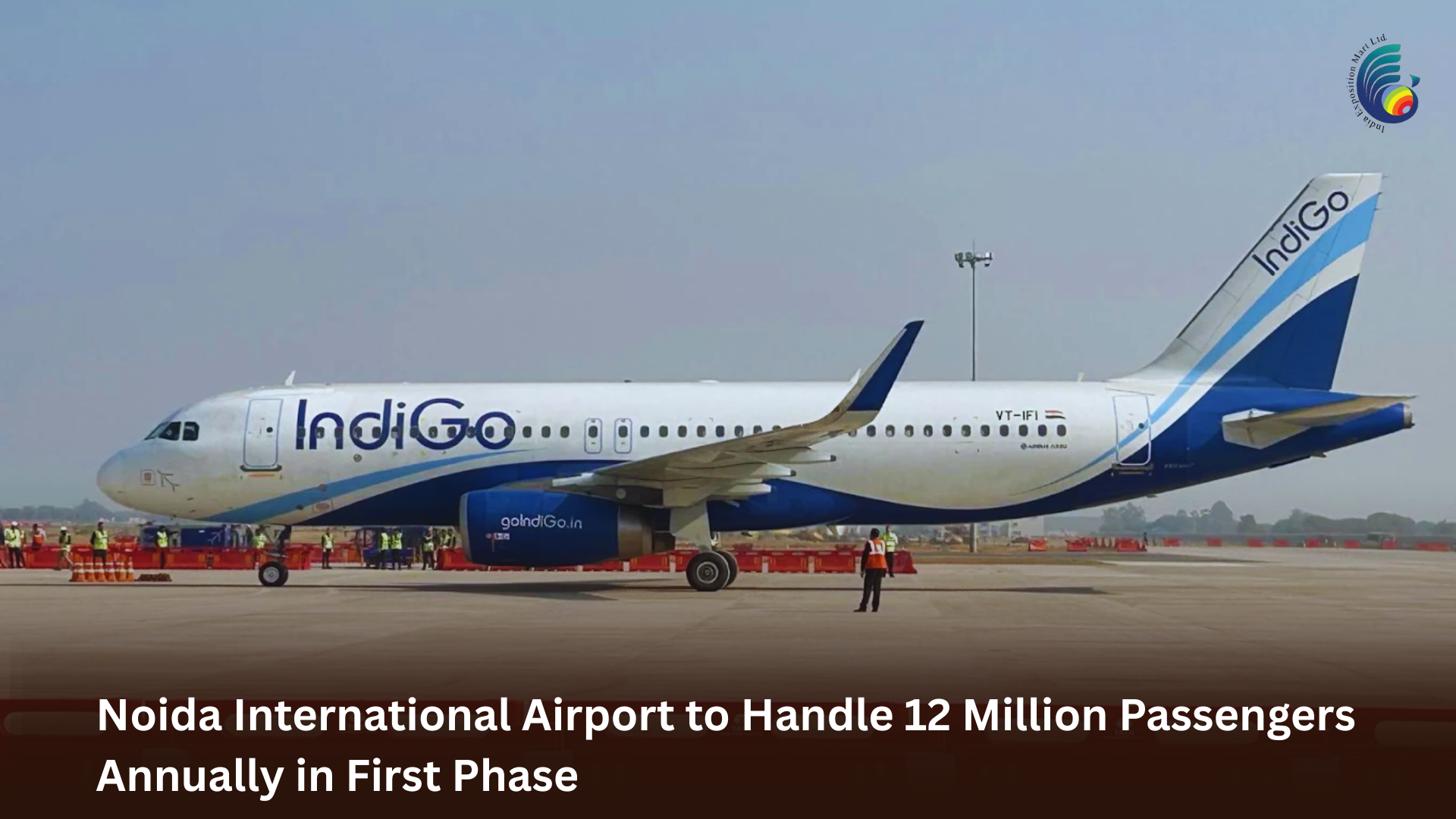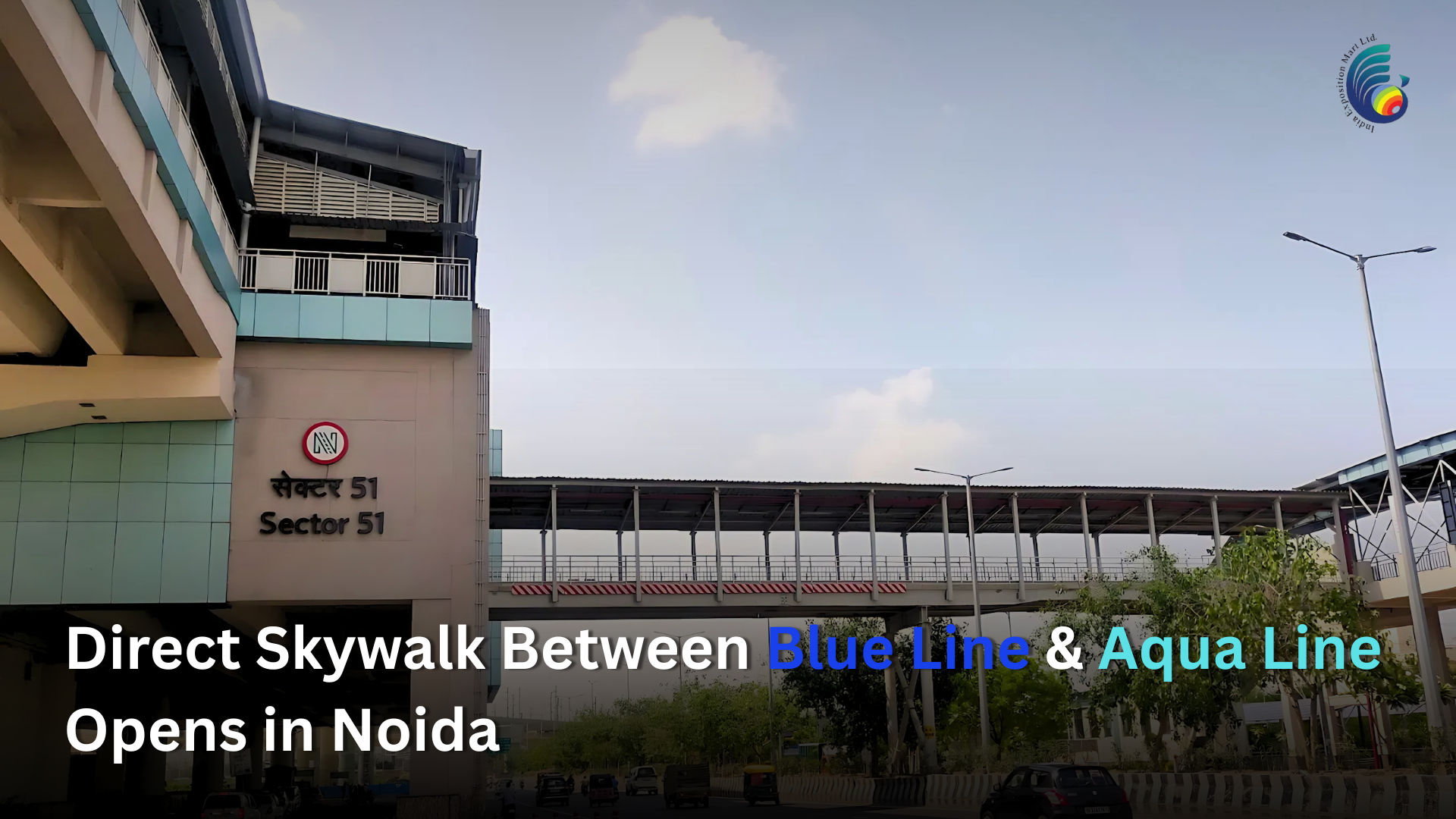A decisive push to accelerate infrastructure development is what India is seeing presently. The government has allotted ₹11.21 lakh crore for infrastructure in the 2025–26 Budget, aiming at transforming the economy by 2047. This speaks volumes about the commitment towards modernization and growth.
The investment covers roads, rails, ports, and urban projects meant to upgrade the connectivity of different parts of India. There is a mission to build 50,000 km of highways in the next plan period of about 10-12 years. Reduced travel time and transport costs would increase efficiency in trade across the country.
This infrastructure boom will create jobs. Large-scale construction and logistics expansions are labor-intensive meaning millions of job opportunities in construction, engineering, and allied sectors most probably will be opened up. The multiplier effect of such kind of investments not only ends here but travels across industries boosting the demand in manufacturing as well as services and supply chains.
Beyond economic growth, infrastructure development uplifts the quality of life for millions. Better transport opens business opportunities in smaller towns and rural areas, encompassing growth. Development of urban infrastructure means better utilities, connectivity, and sustainable services to expanding cities.
They help increase productivity and attract local and foreign investors. The government has put in place more efforts towards the public-private partnership that will also ensure efficiency in implementation as well as innovation.
India’s infrastructure drive is a multi-pronged strategy that creates jobs and empowers businesses to improve lives while laying out the foundation for sustainable, inclusive economic growth. In the years to come, a changed landscape of opportunity, connectivity, prosperity across the nation.

